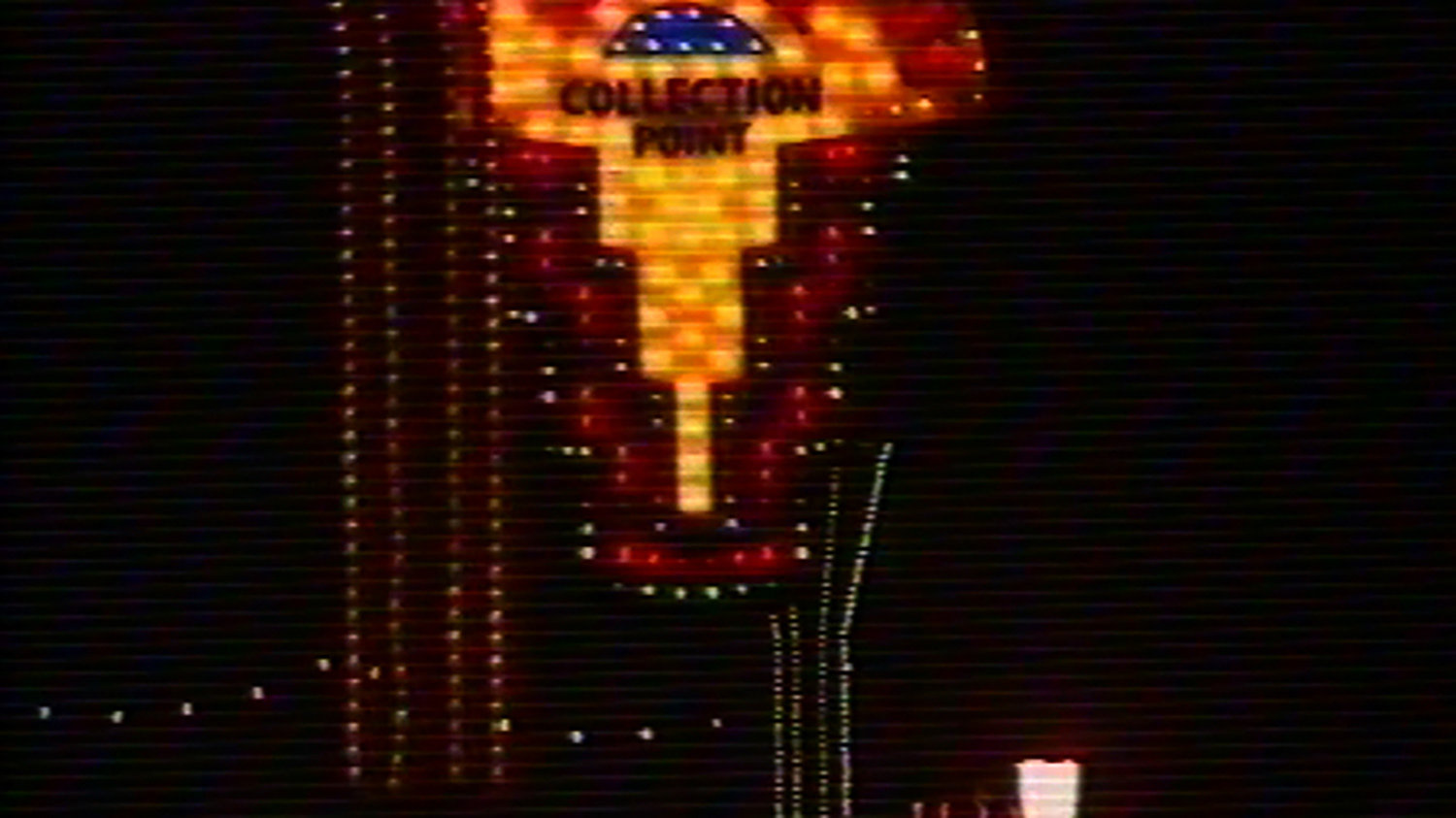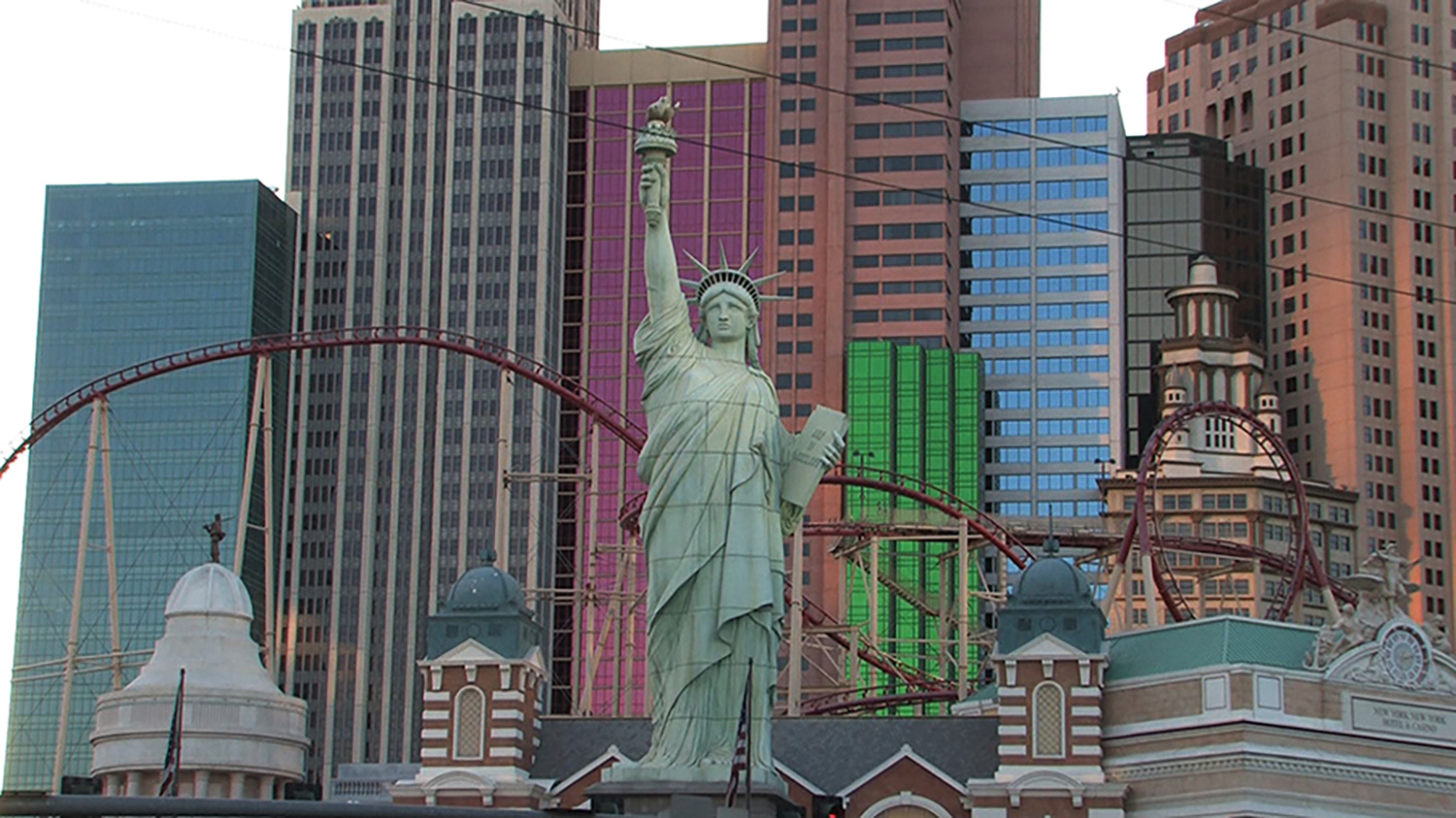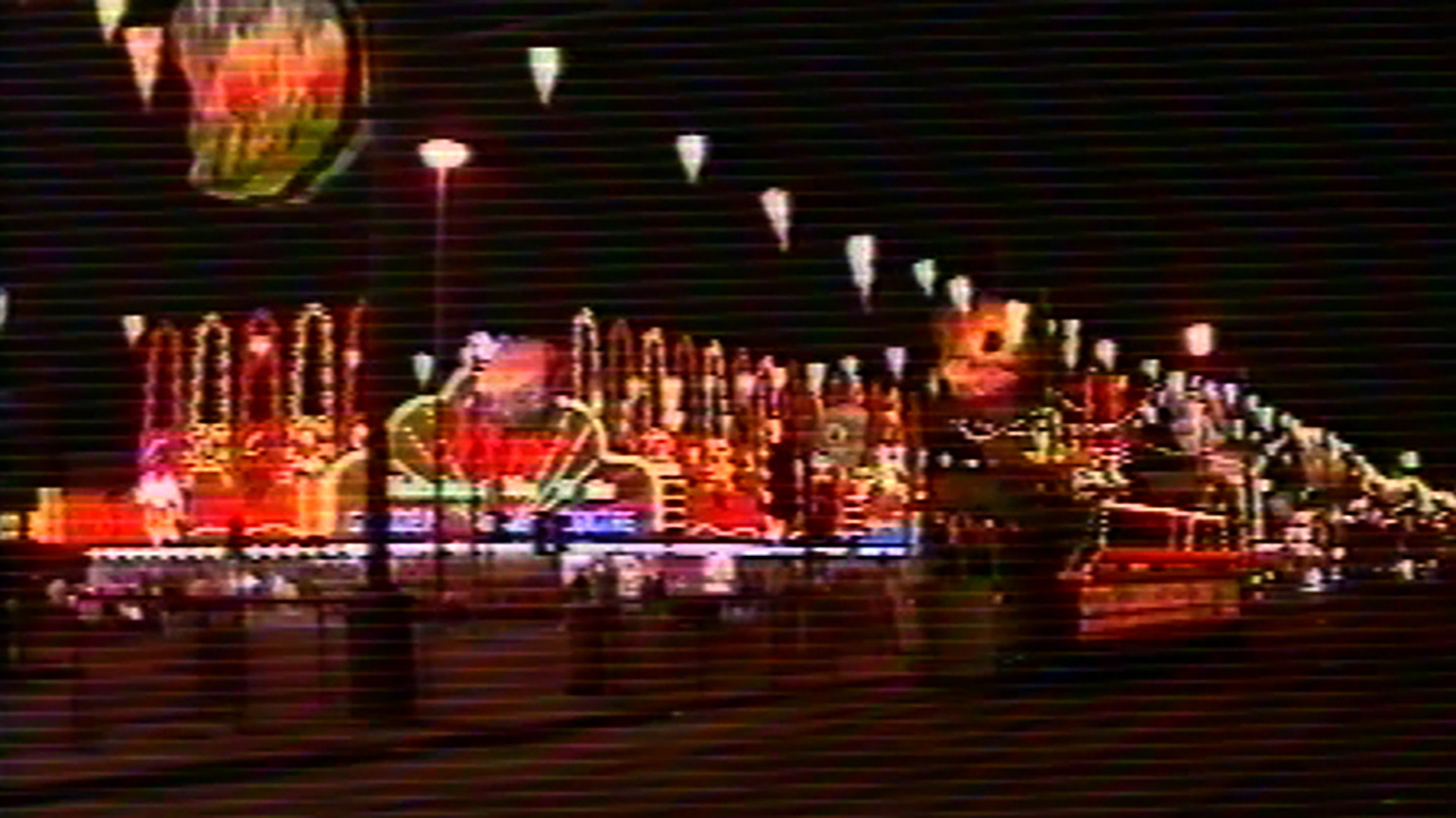If I were you - Las Vegas New York Blackpool is a video film in three chap[ters about three Robert de Niro impersonators who live in three different cities that uncannily relate to each other:
Blackpool is a look-alike of Las Vegas; Las Vegas has a casino of a replicated Manhatten skyline; New York with its original film locations of “Taxi Driver”. The video is a loop; it ends with Blackpool and starts again with Las Vegas. The film remains in a circle of an endless repetition of the copy.
The movie Taxi Driver (1974) by Martin Scorsese serves as reference for the video by using quotes, original soundtrack and various reenacted movie scenes. The well-known “Are you talkin’ to me” mirror scene of Taxi Driver serves a motif for the video and as a metaphor for duplication and identification with the other. In the video all the different identities, real and fictive roles, overlap and cross each other: the ambivalent movie character Travis Bickle, the actor Robert De Niro and the three Robert De Niro impersonators.
The qualities of the three video fragments shot in Las Vegas, New York, Blackpool are different in style and in footage. Resembling a fiction movie and accompanied by the original movie soundtrack, the first part is set in Las Vegas, where texts from the Taxi Driver script can be heard as voice-over that is read by a Robert de Niro impersonator and an enigmatic woman that appear in the film. The second part is more documentary and has its focus on the aspect of the uncanny connected with the notion of the doubleganger. Here the subject is the impersonator’s accusation for impersonating Robert DeNiro in real life as well as his disturbing identification with the actor while he is haunting orginal movie sets of Taxi Driver. The third part consists entirely out of found footage material: low VHS quality advertising video from the Robert de Niro impersonator and scenes from a documentary about the Blackpool illumination festival.
Speaking of the “double” and the “doppelgänger” it is important to emphasize the complex and ambiguous terminology used to describe Pohle’s theoretical approach. At first glance, doppelgänger, lookalike, impersonator, double, persona, etc., are indeed semantically similar expressions, but by no means synonyms. In English the German loanword “doppelgänger” has connotations of the uncanny, in the Freudian sense, while the expression “double” can hardly be stripped of its cinematographic past. One might add the French “sosie” to this illustrious word family, which takes us back to the tragicomedy, Amphitryon by Plautus. In Sascha Pohle’s work we find all of these aspects in an astonishing interplay – a pictorial inquiry into identity and authenticity, appropriation and imitation.
excerpt of Sascha Pohle: Self-reflexive Aesthetics of Doubling, text by Gerald Bär
video stills



video stills














ascha Pohle, 2006/07, If I were you - Las Vegas New York Blackpool, video still

ascha Pohle, 2006/07, If I were you - Las Vegas New York Blackpool, video still

fake Taxi Driver's licence
